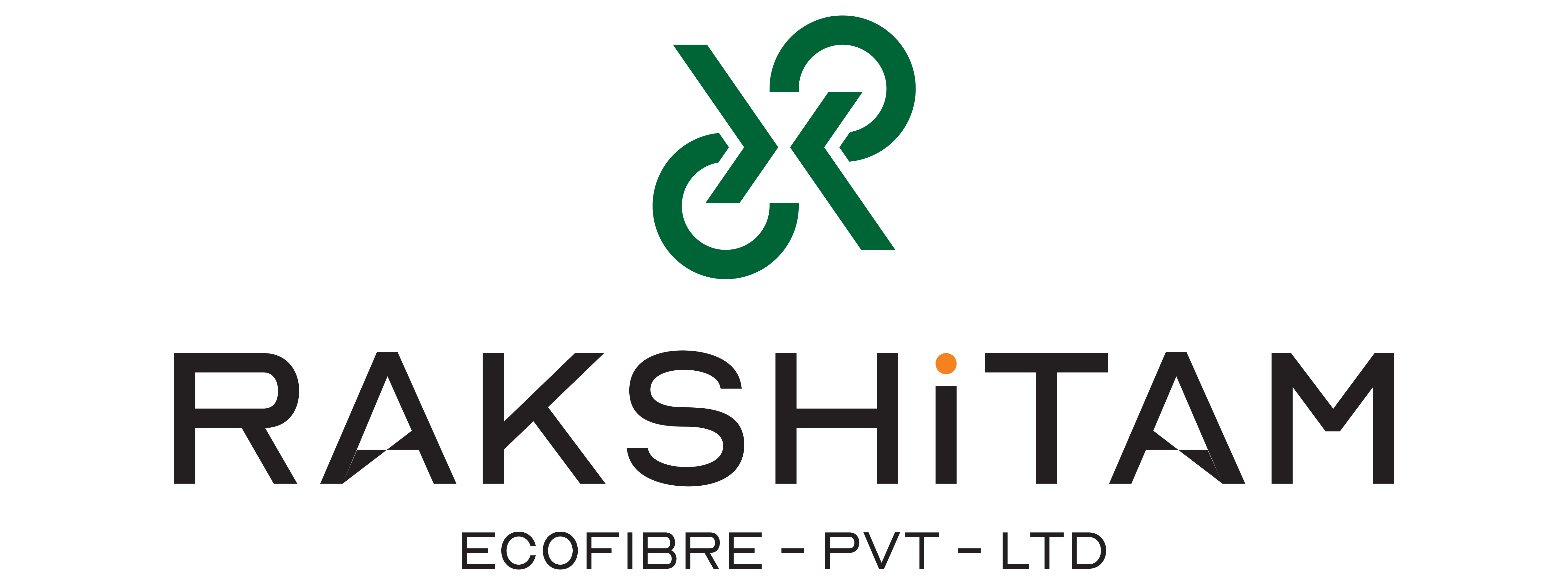Today, the interdependence between sustainability and innovation creates space for eco-friendly solutions. RPSF, or high-tenacity recycled polyester staple fiber, turns out to be one of the best materials boasting strength, durability, and environmental conservation. This blog examines the features, manufacturing techniques, and wide range of uses of high-tenacity RPSF while also discussing its increasing popularity in this modern world.
To begin with, what is high-tenacity RPSF?
High-tenacity recycled is defined as recycled polyester fiber made from different applications, such as PET bottles, postconsumers, and any other application. The term “high tenacity” is used because of its ability to withstand great stress without breaking, which makes it suitable for use in harsh environments. This fiber helps greatly alleviate pollution with the use of recycled materials.
Properties of High-Tenacity RPSF
- Strength and Durability: One major advantage of the high tenacity feature is that it gives the fiber high tensile strength fabric that is highly resistant to any wear and tear.
- Lightweight: Because of being lightweight, coupled with high tensile strength, this fiber is useful in many industries.
- Eco-Friendly: Protecting the environment by ensuring a net positive petrichor, through an upcycled product while also endorsing circularity.
- Moisture Resistance: The characteristic of the fiber is that there is strong moisture resistance and it can be stored for long periods without deteriorating.
- Thermal Stability: High temperatures can be dealt with which fuels the assurance of overlaps in the environmental weathering.
- Customizability: Driven easily to meet one’s standards, the fiber is supplied in multiple colors with multiple finishes.
The Manufacturing Process of High-Tenacity RPSF
- Collection of Recycled Materials: The entire process starts with a collection of PET bottles and some other recyclable polyester materials.
- Cleaning and Sorting: Collected material is then cleaned from impurities and sorted for quality assurance.
- Shredding: Cleaned material is then broken up into small flakes to ready them for cleaning and processing.
- Melting and Extrusion: The flakes are heated until becoming softened and formed into threads.
- Drawing and Crimping: The thread is pulled apart to strengthen the polymer’s molecule position and structure and then crimped to integrate the texture of the staple fiber.
- Cutting and Finishing: The fibers are trimmed to the required length and are ready for sewing and packaging.
Uses of High-Tenacity Recycled Polyester Staple Fiber
- Textile Industry: RPSF has found substantial use in the textile industry for manufacturing garments, furnishing fabrics, and household items on account of its strength and comfort.
- Non-Woven Fabrics: Recycle Plastics fiber is also suitable for use in geotextiles, filters, and other industrial purposes.
- Automotive Sector: Similar cords have been used in a wide range of automotive textile applications like seat covers, carpets, and insulation.
- Construction: In the construction sector, rpsf finds use in reinforcing concrete and in the production of composite materials.
- Packaging: a is also suitable for use in green packaging materials.
- Outdoor Gear: Recycled polyester staple fiber is increasingly used in the manufacture of ropes, tents, and other high-strength outdoor equipment.
Also Read: Understanding the Recycling Symbols on Water Bottles
Why Choose High Tenacity Recycled Polyester Staple Fiber?
With the current global shift towards greener technology, it only makes sense that the use of high-tenacity recycled polyester staple fiber is embraced. High-tenacity recycled polyester staple fiber has plenty of applications, and because it is strong, durable, and environmentally friendly, it is an ideal option for several purposes. Your business and other stakeholders will achieve their environmental strategies while assuring quality products & services via the implementation of this innovative material.
To find out more on high-tenacity recycled polyester staple fiber and how to go about with other sustainable methods, visit Rakshitam. Their zeal for recycling and innovation places them at the forefront of the industry making a huge impact on building a better tomorrow.








